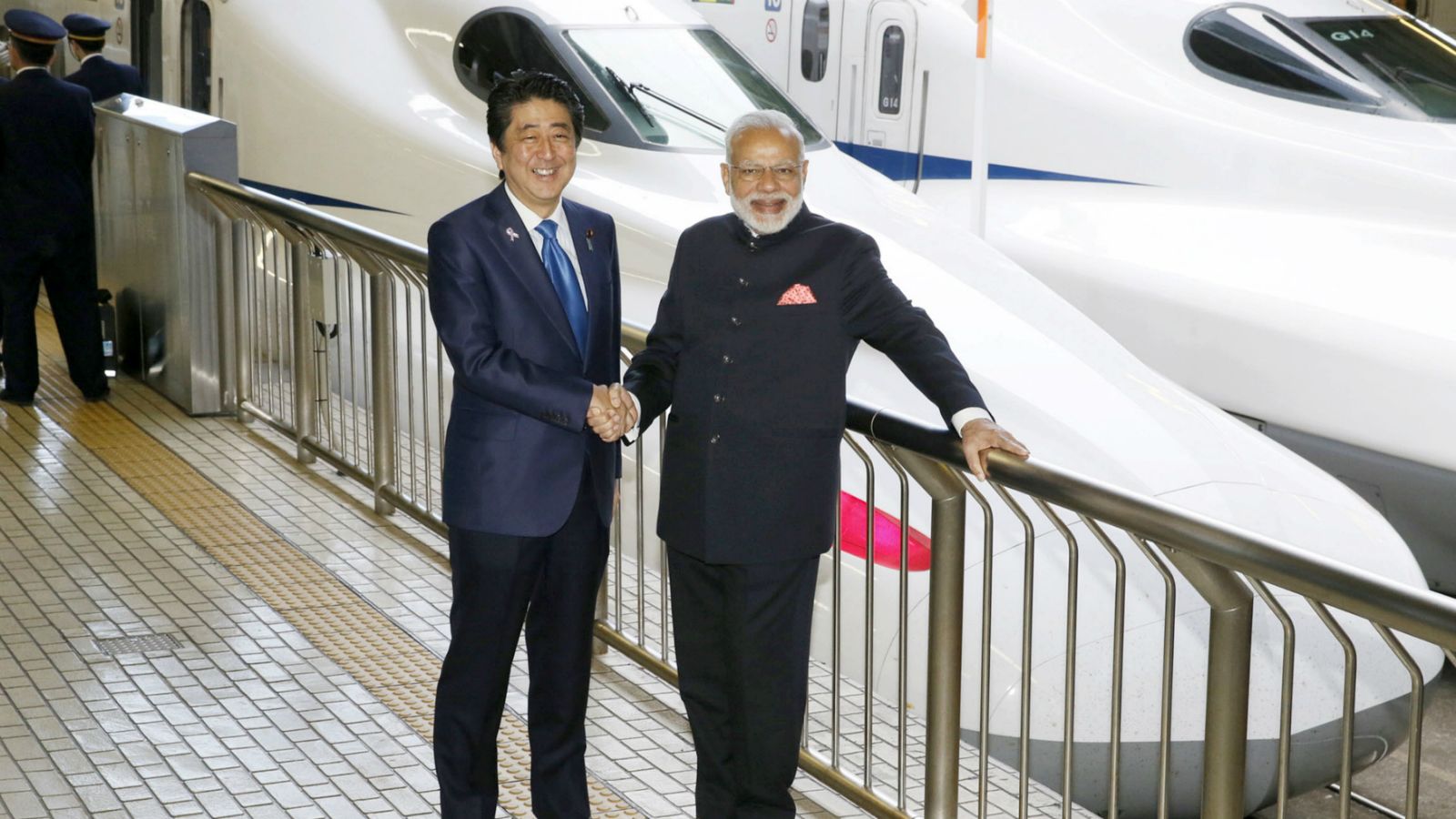The Ministry of Environment, Forest and Climate Change (MoEFCC) has started granting faster clearances to big ticket industrial and infrastructure projects spread across the country, in order to prevent any economic slowdown and to create more jobs ahead of the 2019 general elections.
A source close to the ministry told The Sunday Guardian, “The MoEFCC has reduced the average time earlier taken to grant environment clearance to 170 days from 600. This has resulted in faster clearances to around 40 projects across the country this year, including the Delhi-Mumbai Industrial Corridor and the Japan-funded bullet train project.”
“Besides the Delhi-Mumbai Industrial Corridor and the bullet train project, three new thermal power plants, two cement plants and the expansion of four coal mines were granted speedy green clearances—within 73 to 150 days. Most of these projects are based in Telangana, Odisha, Jharkhand and Tamil Nadu,” the same source said.
According to the ministry data, in the first six months of 2018, it has cleared 41% of the projects seeking clearance inside 150 days, compared to 26% in 2017. However, this initiative has also attracted massive protests in the tribal belts. Green activists are also accusing the Centre of neglecting issues of degradation of the environment.
Green activists are opposing a 200 megawatt coal-based power plant in Telangana’s Pedaveedu village. As per sources, the Pedaveedu coal-based power plant, which was proposed during the tenure of the United Progressive Alliances (UPA) government, was granted environment clearance within 100 days this year.
Not only industrial projects, infrastructure projects like the Mumbai-Ahmedabad bullet train and the Mumbai-Vadodara expressway projects are also witnessing protests from farmers and green activists.
The Environment Clearance Regulations Act 2006 has made environment clearance mandatory for almost all large-scale industrial and infrastructural projects across the country. The project developer first prepares a report laying out how the industry would impact the people and environment in the vicinity of the project site. It then presents this report to the public for consultations under the supervision of the state government.
On the condition of anonymity, a senior ministry official told The Sunday Guardian. “We are not in a position to take any risks that can slow down growth as the job market is already shrinking; therefore, the government will have to take a judicious call. Also, many green rights activist groups are working with vested interests and trying to stall the country’s development.”
“The government is also planning speedy environment clearances to push affordable housing projects. For this, a plan of removing environment clearance for projects spread over an area of 50,000 square metres is being considered by the government,” the same official said.
Under the existing rules, projects with a built-up area of up to 20,000 square metres do not have to apply for green clearance. It was only in December 2016 that the ministry raised this limit. Prior to 2016, the limit was of 5,000 square metres. However, an increase in the area for mandatory green clearance is pending in the Supreme Court.

